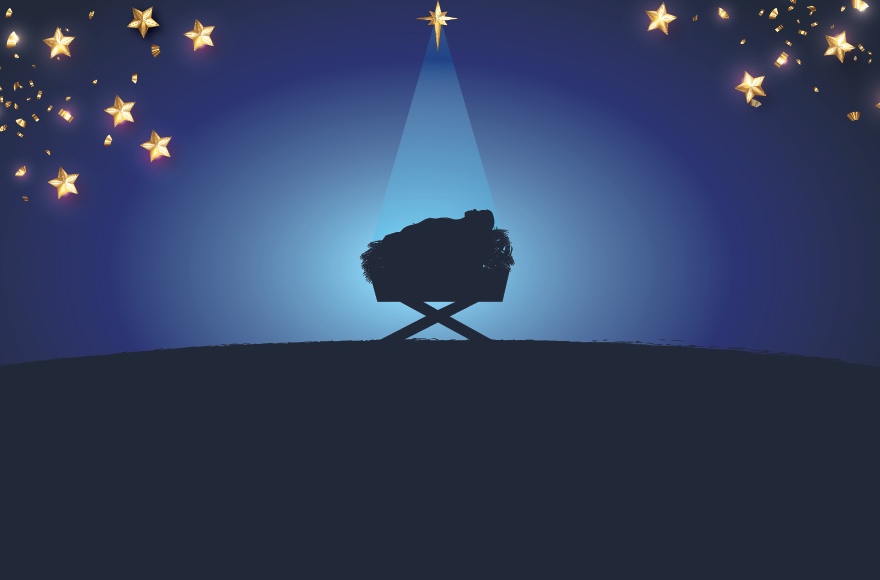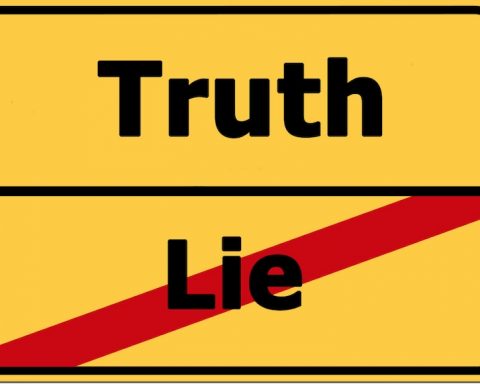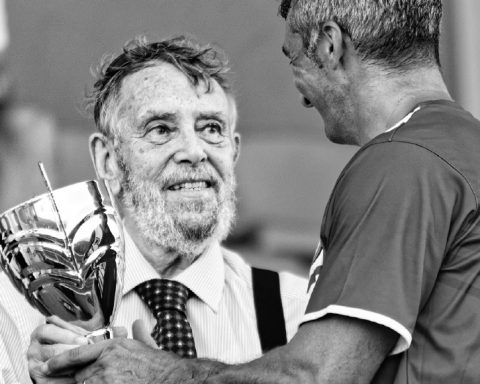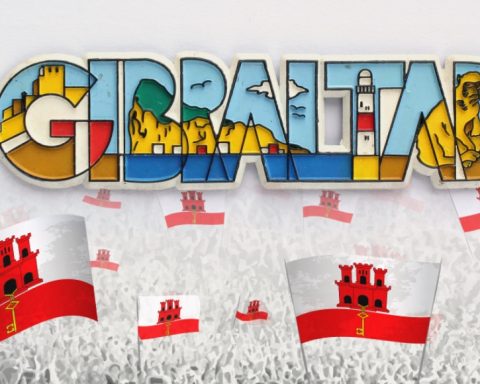Although Christians and non-Christians alike celebrate Christmas, Christians mostly see Christmas as a religious holiday occasion, while most non-Christians mark it as a cultural time of year.
With over 4,200 religions around the world, some of which celebrate Christmas and some of which don’t, we take a look at a few of the different celebrations and traditions that are celebrated by other faiths.
Hanukkah
Hanukkah meaning ‘dedication’ is an eight day event and commemorates when the Jews were able to reclaim their land from the Seleucids around 200 BC. It typically takes place between late November and late December, beginning on the 25th day of Kislev, which is the ninth month of the Jewish calendar.
Christmas sometimes overlaps with the Jewish Holiday of Hanukkah where the customs are similar to that of Christmas and apart from sending cards to loved ones, and decorating the Christmas tree, you will find them lighting candles on the menorah (candelabra) and frying latkes (pan-fried potato pancakes). Although there are only eight nights of Hanukkah, there are nine branches on a menorah because the one at the centre is intended to hold the Shamash, a candle used to light the others. During each night of the festival, the family gathers around the menorah. On the first night the head of the family lights one candle with the Shamash and on the second night two candles are lit, and so on, until all eight candles are lit on the eighth night. Each night, gifts are given. In some families, children play a spinning game with a small four-sided wooden top called a dreidel. On each side of the top is one letter of NGHS, or Nes Godol Hoyoh Shom, which means “A great miracle happened there.”
Diwali
Diwali, the five-day Festival of Lights, is celebrated by millions of Hindus, Sikhs and Jains across the world and depending on the Lunar Calendar it is held in either October or November. It is widely associated by Hindus with the goddess Lakshmi, who symbolises three virtues: wealth and prosperity, fertility and abundant crops, as well as good fortune.
The festival celebrates new beginnings and the triumph of good over evil and light over darkness. Festivities reach their peak on the third day, Diwali itself, when the occasion is marked with candles and lights in homes, businesses and temples and people dress up in brightly coloured new clothes and beautiful saris, shiny gold and silver jewellery and paint their skin with henna designs.
Ramadan
Muslims around the world celebrate Ramadan, which marks the month the prophet Mohammed is believed to have had their holy book, the Koran, revealed to him by God. Ramadan is the 9th month of the Islamic lunar calendar, being 11 to 12 days shorter than the Gregorian calendar. The celebration starts at the first sighting of the moon in Ramadan.
Muslims cannot eat and drink at all in the daytime during this period, breaking their fast, called sawm, only when the sun sets and again before the sun rises. During the fast, no food or drink is consumed, and thoughts must be kept pure. Followers of Islam believe that fasting teaches patience, modesty, and spirituality.
Meals served before sunrise are called Suhoor, and after sunset they are called Iftar, and these meals are eaten with family or with the local community. Many Muslims observe Iftar by eating three dates, just as the prophet Mohammed did when he broke his own fast.
Suhoor and Iftar meals typically contain fresh fruits, vegetables, halal meats, breads, cheeses, and sweets. The days are spent in prayer and reflection and it is also a time when Muslims are encouraged to give to charity, strengthen their relationship with God and show kindness and patience
Eid
The fast ends with the celebration of Eid al-Fitr, meaning ‘Festival of Breaking the Fast’, which marks the end of the holy month of Ramadan. The three day feast, often referred to as ‘Eid’, is a time when family and friends give thanks to God and usually begins with morning communal prayers with people congregating in mosques and at community centres where Muslims wearing their finest clothes greet each other by saying ‘Eid Mubarak’, which is Arabic for “Blessed Eid”. Prayers are traditionally followed by a big meal where gifts are shared.
Kwanzaa
Kwanzaa is an annual celebration of African-American culture that takes place from 26th December to the 1st January, culminating in a communal feast called Karamu, usually on the sixth day.
Families celebrating Kwanzaa decorate their homes with colourful objects and wear brightly coloured kaftans made from African cloth called kente, primarily in three colors: green (a symbol of Africa’s rich land and hope for the future), black (representing people of African descent), and red (which stands for their struggle).
At the centre of the celebration is the lighting of candles on the Kinara (a seven-stick candleholder) which is placed on a straw mat (mkeka), alongside a basket filled with fruits and vegetables (mazao), a communal cup (kikombe), and gifts (zawadi). Ears of corn (muhindi), one for every child in the family, are placed beneath the kinara. Kwanzaa celebrations often feature African drumming, dancing, and storytelling and, of course, a feast that may include black eyed peas and collard greens which are a type of large, leafy green vegetable
Buddhism
Buddhists do celebrate Christmas, but in a non-Christian way, focusing on helping the needy and giving back to others. On the 8th December Buddhists celebrate Bodhi Day, which is when Buddha achieved enlightenment beneath a bodhi (fig) tree. In many Buddhist homes a fig tree is decorated with lights to commemorate this event and a traditional meal of sweet, sticky rice will be eaten and heart shaped cookies are baked to symbolise and match the leaves of the fig tree.








